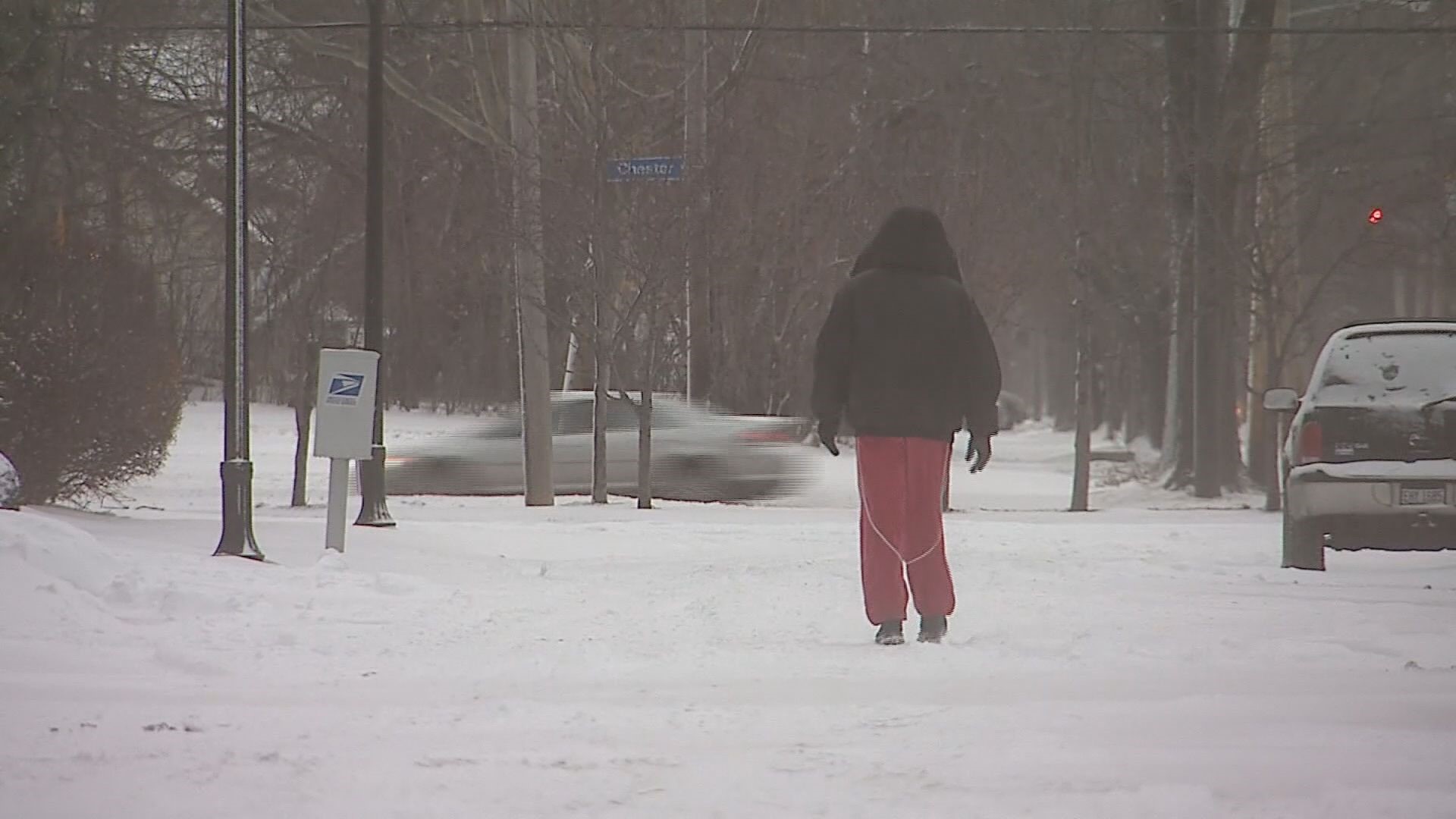GRAND RAPIDS, Mich — With the winter storm arriving this weekend, it's important to remember the signs of serious medical conditions that can happen in the cold.
Hypothermia happens when body temperature dips below 95 degrees.
"Often preceded by shivering, but also changes in mental status: confusion, slurred speech, fumbling and difficulty walking," said Dr. Annette Gilmer, Senior Public Health Physician at Michigan Department of Health and Public Services (MDHHS).
Hypothermia can be life threatening if not treated.
Frostbite is an injury to the skin tissue because of freezing. It typically occurs on fingers, toes, nose, feet and ears.
The stages of frostbite begin with mild frostbite, where skin may feel numb and look red. Then, superficial frostbite will make the skin feel warm and tingly, and red skin turns white or pale. Deep frostbite turns the skin white or bluish gray. Affected areas will lose feeling, and joints and muscles may no longer work.
"Caution to dark-skinned people," said Gilmer, "That color change is not always as apparent. The hallmark there is numbness."
Both frostbite and hypothermia can happen within minutes in cold temperatures.
To avoid both risks, limit time outdoors in the cold. If you do have to be outside, wear a hat or headband to cover ears, dress in layers, wear mittens and avoid alcohol or drugs.
To learn more about winter weather risks and how to avoid them, visit michigan.gov.
RELATED VIDEO:
►Make it easy to keep up to date with more stories like this. Download the 13 ON YOUR SIDE app now.
Have a news tip? Email news@13onyourside.com, visit our Facebook page or Twitter. Subscribe to our YouTube channel.

